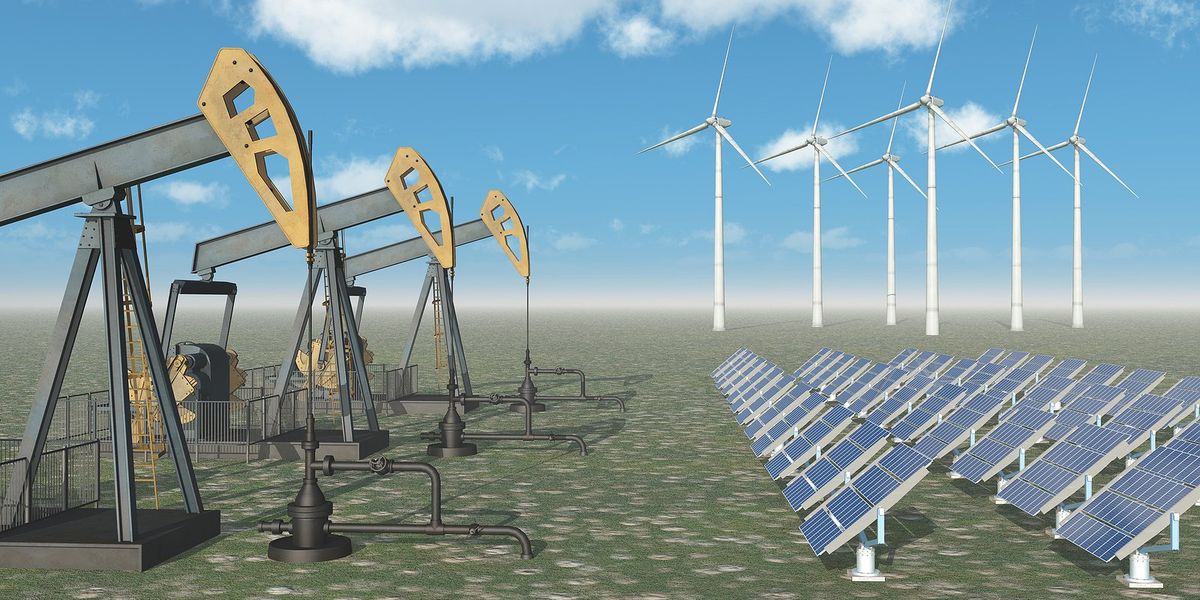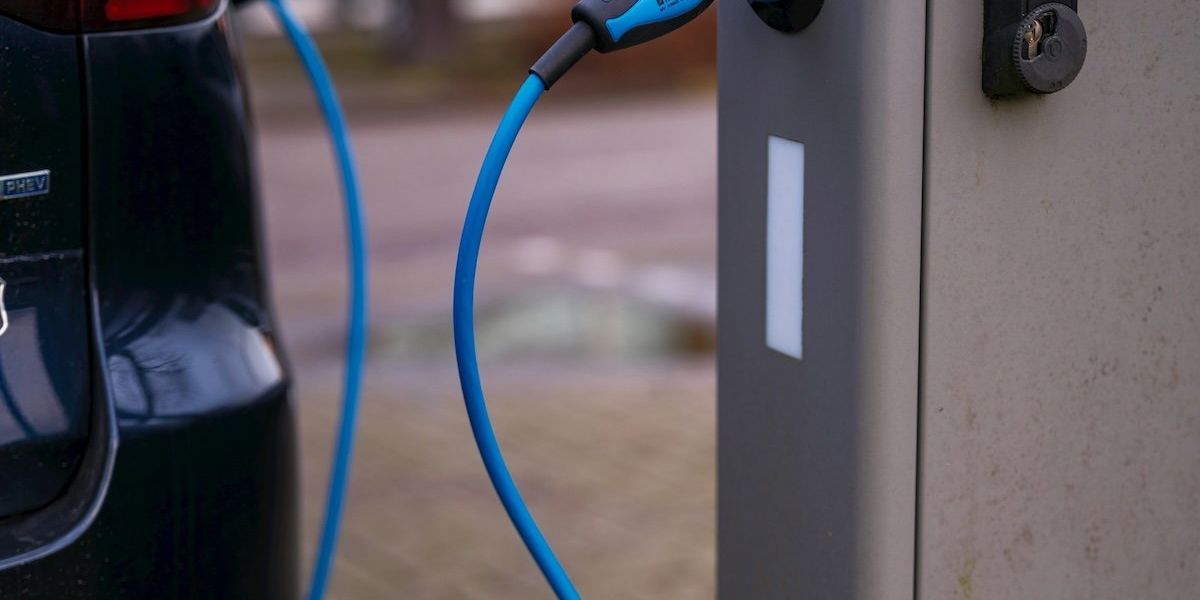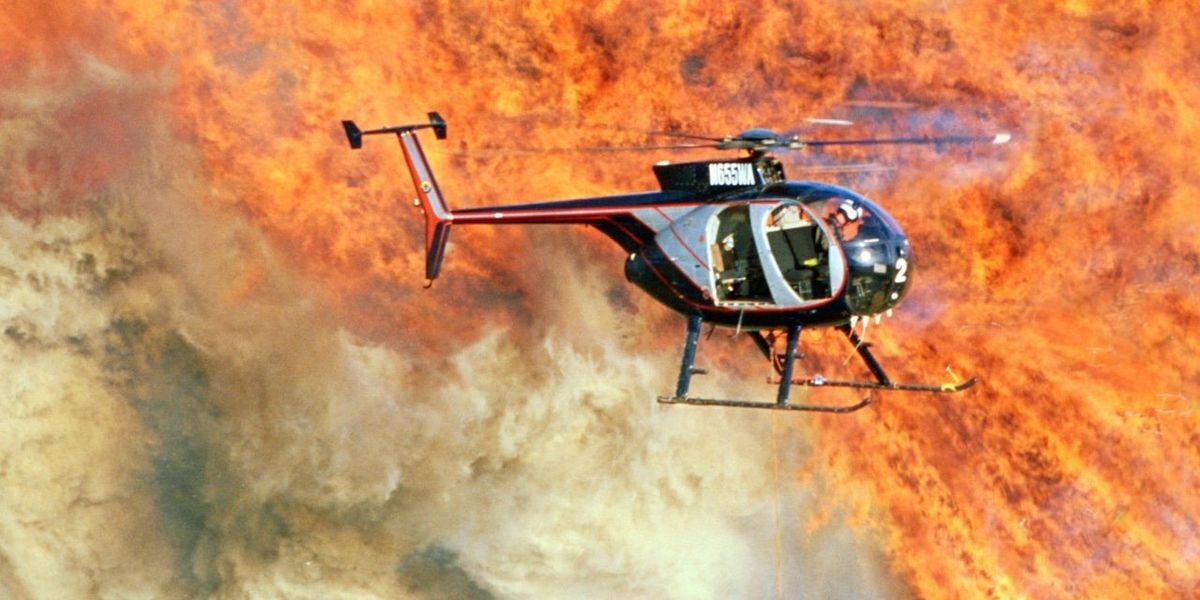Tornado risks grow in the Southeast as drought shifts storms away from the Plains
Arkansas is emerging as a new epicenter for tornado activity as climate change, Gulf warming, and southwestern drought drive more storms eastward, researchers say.
Kenneth Heard reports for Kentucky Lantern.
In short:
- From mid-March to mid-April, Arkansas saw 144 tornado warnings — nearly four times more than Texas — as twisters increasingly strike what meteorologists now call "Dixie Alley."
- Climate shifts have moved the jet stream south and warmed Gulf of Mexico waters, producing the moisture and instability that fuel severe storms and large hail across the Southeast.
- Drought across the Southwest, including in Arizona and Texas, has weakened storm activity in the traditional “Tornado Alley,” forcing weather systems to track farther east.
Key quote:
“We’re seeing weather pattern changes over the last 70 to 80 years that didn’t happen in 100,000 to 120,000 years before. There is such a rapid rate of change, and it’s not lessening.”
— Victor Gensini, professor of meteorology at Northern Illinois University
Why this matters:
The U.S. tornado threat is moving east, creeping into more densely populated and vulnerable parts of the Southeast. Unlike the vast open spaces of Kansas or Oklahoma, states like Arkansas, Mississippi, and Alabama have higher population densities, more mobile homes, and poorer communities with limited access to sturdy shelters. This makes storms deadlier and more destructive when they strike. Adding to the risk, the region often sees more nighttime tornadoes, which are harder to track and deadlier because people are asleep. And it’s not just tornadoes: hailstorms are growing stronger too, threatening crops and property and creating dangerous conditions. These evolving shifts demand attention, especially as outdated assumptions about where the worst weather strikes may leave communities unprepared.
Learn more: Tornado patterns shift due to climate change, experts advise on preparation













